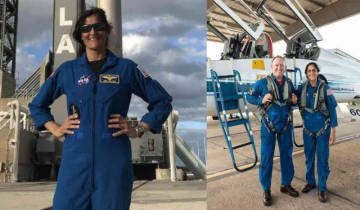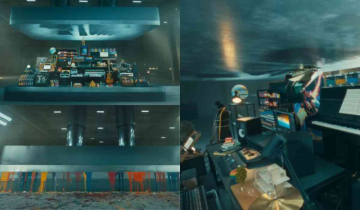The NASA Hubble Space Telescope has unveiled a stunning image of the Aquila constellation, situated approximately 7,200 light-years away from Earth. The vibrant image showcases an area known as G35.2-0.7N, recognized as a fertile ground for the birth of massive stars. These stars are of such colossal size that they are destined to conclude their existence in powerful supernova explosions. Remarkably, even during their formation, they wield significant influence over their surroundings. NASA's caption for the image attributes its capture to the Wide Field Camera 3 of the Hubble, revealing a massive star-forming region in the constellation Aquila, located at a distance of about 7,200 light-years from Earth, complete with a protostellar jet streaming toward us.
Curious about the nature of protostellar jets? NASA offers an explanation: These are immense, tightly focused streams of material expelled from newly formed stars known as protostars. The term "collimated" denotes that this material is discharged in parallel, column-like streams, resulting in minimal dispersion and extending over considerable distances in relatively straight trajectories. To elaborate further, when ionization occurs, it signifies that atoms and molecules become electrically charged due to the high-energy environment they inhabit, leading to the loss of some electrons. In essence, protostellar jets feature these column-like beams of matter being ejected from protostars in a parallel direction.
© Copyright 2023. All Rights Reserved Powered by Vygr Media.








